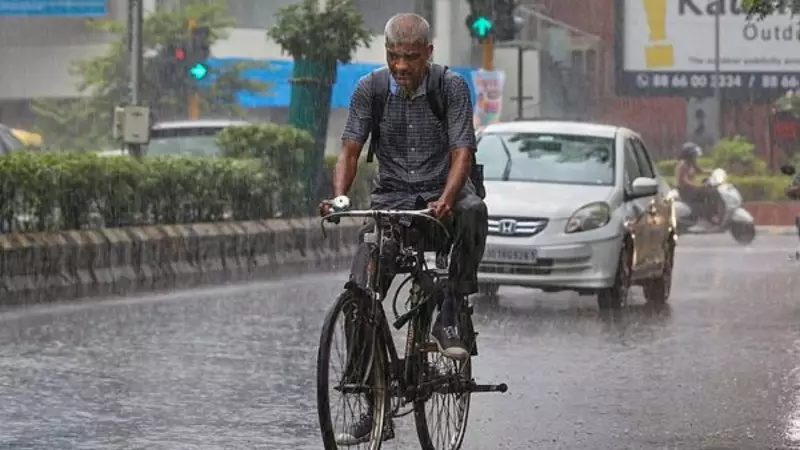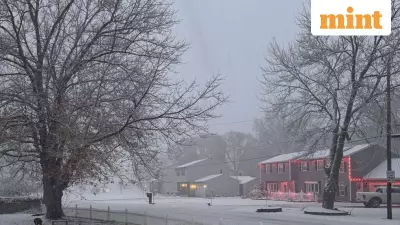
In a remarkable climatic development, Gujarat has witnessed an extraordinary temperature plunge during October, with maximum temperatures dropping by nearly 10 degrees Celsius below normal seasonal averages. This significant cooling has brought unexpected relief to residents across the state, marking one of the most substantial temperature deviations recorded in recent years.
Unprecedented Cooling Pattern
The India Meteorological Department (IMD) has confirmed that most weather stations across Gujarat reported maximum temperatures ranging between 3 to 10 degrees Celsius below the expected norms for this period. This dramatic cooling represents one of the most substantial temperature drops recorded during October in the state's recent weather history.
Regional Temperature Variations
The cooling phenomenon wasn't uniform across all regions. Central Gujarat districts experienced the most pronounced temperature drops, while Saurashtra and Kutch regions showed relatively moderate decreases. Meteorological experts attribute this variation to multiple atmospheric factors converging simultaneously.
Key Contributing Factors
Extended Monsoon Influence: The delayed withdrawal of monsoon conditions has played a crucial role in maintaining cloud cover and preventing the typical temperature rise expected during post-monsoon months.
Western Disturbances: Multiple weather systems moving across northwestern India have contributed to the persistent cloudiness and precipitation, further suppressing daytime temperatures.
Moisture Content: Higher-than-average moisture levels in the atmosphere have created conditions conducive to cloud formation and scattered rainfall across various districts.
Rainfall Distribution Patterns
The cooling has been accompanied by unexpected rainfall activity. Several districts received substantial precipitation, with some areas recording rainfall measurements that exceeded 200% of their normal averages for this period. This unusual weather pattern has significantly impacted agricultural planning and daily life across the state.
Agricultural and Social Implications
Farmers across Gujarat have reported mixed reactions to the extended cooling period. While the lower temperatures have benefited certain crops by reducing water stress, the delayed onset of typical post-monsoon conditions has created challenges for winter crop planning and scheduling.
Urban residents, particularly in cities like Ahmedabad, have welcomed the extended period of comfortable weather, though the unusual patterns have raised questions about long-term climate trends in the region.
Future Weather Projections
Meteorological experts suggest that while temperatures are expected to gradually normalize as winter approaches, the current patterns highlight the increasing variability in seasonal weather behavior. The IMD continues to monitor the situation closely, providing regular updates to help residents and agricultural communities adapt to these changing conditions.





